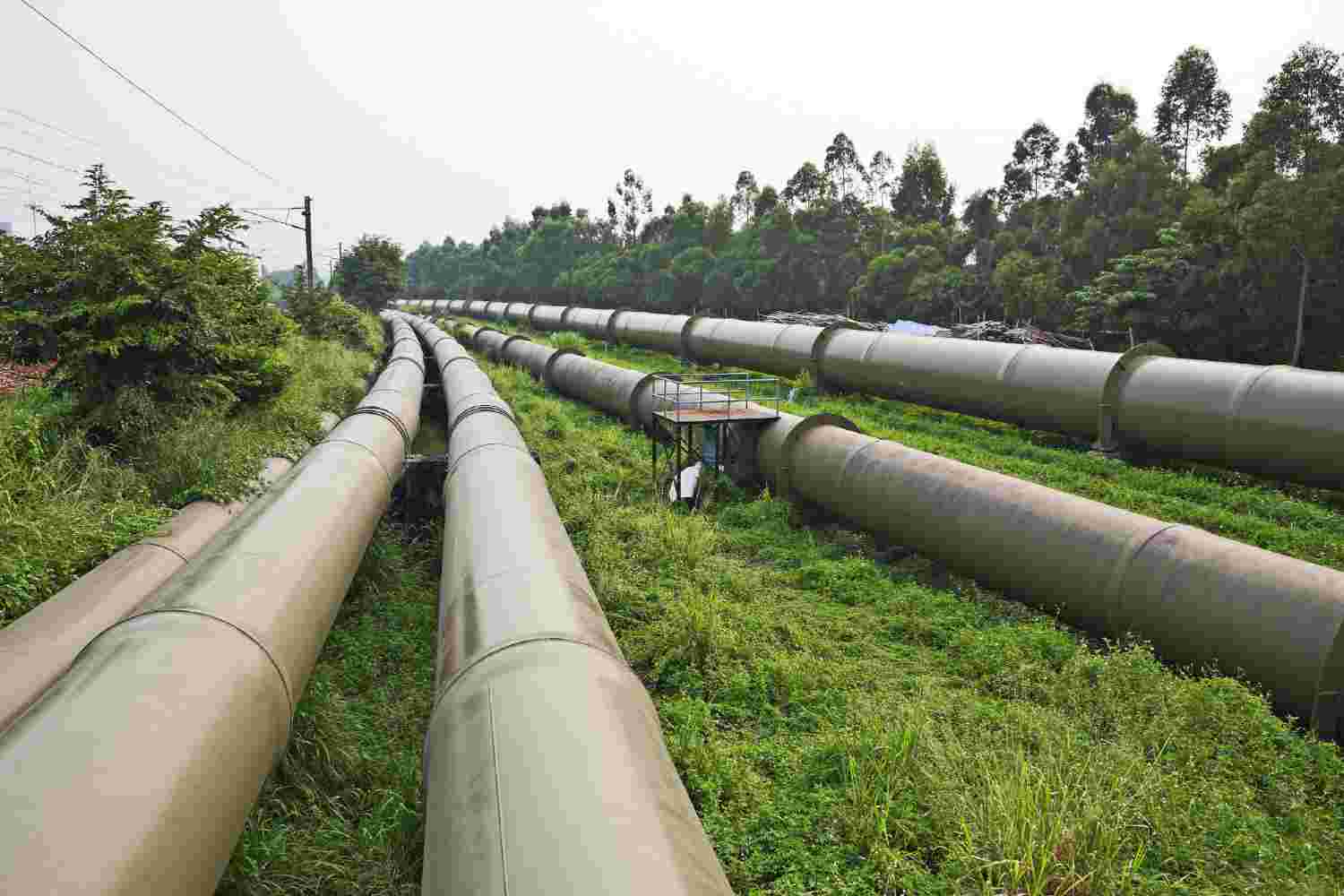Seplat Energy Plc disclosed in its full-year 2022 financial report that it plans to displace diesel with renewable energy starting with some pilot programmes in 2023.
The company said it wants to achieve a world-class capability in renewable energies, through the development or acquisition of new skillsets that open up new and profitable markets. Seplat also plans to develop new revenue-generating opportunities that combine natural gas with renewables.
The Seplat report states that it has a diesel replacement programme underway, where the company is exploring replacement with lower-carbon gas or solar where possible. Seplat also says it has plans for solar pilots at the Amukpe warehouse and security outposts in 2023. Also, as a contributor to the drive for carbon reduction, the Tree4Life initiative will plant 5 million trees to capture carbon.
According to the report, Seplat has set a target to achieve net zero by 2050. As expected, many oil and gas companies have set standards to reduce carbon emissions in the coming years. However, due to the reality that natural gas will play a huge role in energy access gaps, companies will need to feature gas in their carbon reduction plans. Seplat has a gas flare-out initiative and according to its report, the plan is on schedule to end routine flaring by the end of 2024.
More Insights
The Seplat report highlights the fact that in 2022, associated gas flare volumes were reduced by 18% at its Oben field to 5.7 million standard cubic feet per day (MMscfd), and there was a 40% reduction at its Amukpe field to 1.1 MMscfd. Also, the report states that the Sapele gas plant-associated gas solution achieved mechanical completion in December 2022 and is expected to process 26 MMscfd for sale.
According to the company report, a restatement of previous emissions data after the introduction of the new emissions accounting system shows that the previous system overestimated emissions by 49% in 2020 and 43% in 2021 as well as a carbon intensity of 23.9 kg/barrels of oil equivalent (boe). Meanwhile, in 2021, it was 36.6kg/boe).
What you should know
Seplat’s plan to combine natural gas with renewables to develop new revenue-generating opportunities is a smart strategy that recognizes the complementary nature of these two energy sources. By leveraging natural gas and renewables, Seplat can create a more sustainable and diverse energy portfolio that can help to mitigate risks and improve long-term profitability.
Overall, Seplat Energy’s plans to move towards renewable energy and develop new revenue-generating opportunities, demonstrate a commitment to sustainability and innovation in the energy sector.
Seplat Energy also says its inaugural Climate Risk and Resilience Report will be published alongside its Annual Report and Sustainability Report at the end of March 2023.




